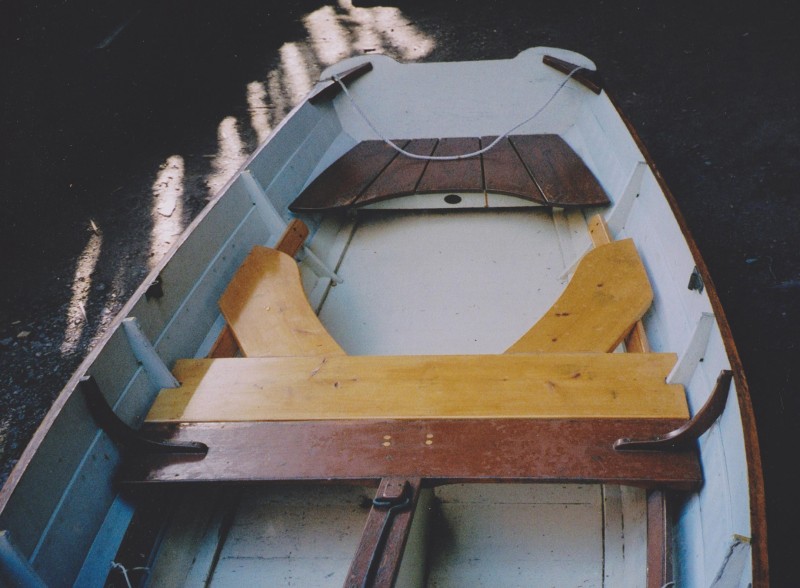 Harry Bryan
Harry BryanWith the additional seating aft of the center thwart you can slide around the tiller between tacks and shift your weight aft.
As age makes its inevitable changes to the sailor’s once supple joints, certain positions that were once assumed without thought become uncomfortable, if not actually painful. When I was younger and singlehanding, my favorite place to sit was on the floorboards with my back against the side planking. If conditions are right, it’s hard to beat this position for comfort and a sense of being one with the boat. This position only works going to windward in a moderate breeze or on a reach in more boisterous conditions. As the wind dies or the boat heads downwind, it is necessary to scooch toward the boat’s centerline to maintain proper trim. Here the posture is nowhere near as comfortable. Tacking while sitting on the boat’s bottom brings out the grunts and groans.
The thwarts and stern sheets of my own rowing-and-sailing skiff are placed, as they need to be, for the best trim with varying numbers of crew. The center thwart is the rowing position for one person in the boat. The forward thwart is placed where the oarsman will balance a passenger at the stern. Either thwart can be used for rowing with two passengers.
The middle and aft seating positions are usually not ideal for sailing. Few small, light boats sail well with the helmsman sitting in the stern sheets: The transom drags and lateral resistance moves aft, upsetting the balance of sails and hull. Keeping the helmsman’s weight near center of the boat to preserve fore-and-aft trim for light air requires that he sit on the middle thwart. In a boat over 10′ long, this requires an impractically long tiller.
One solution to the problem is a second board butted aft of the original center thwart that increases the seat’s total width to about 16″. Extending aft from each side of the widened thwart are arc-shaped boards supported by the seat risers and cleats at the added thwart’s after edge. A rower sits on the original seat with thighs extending across the added board. The sailing position is on the new woodwork, closer to the tiller. The skipper can slide around the arc created by the doubled thwart and the sideboards to a nearly ideal position either for light air or for going to windward in a breeze, and come about, without having to rise from the seat or pass by the tiller.
The sheet on most boats this size leads from a point on the boom either directly above or somewhat aft of the sailing position, so facing aft when coming about makes handling the sheet and tiller smoother. Tacking thus becomes an easy slide around the arc of seating with no crouching or pirouetting required.
When two people are aboard, the forward thwart is often a wet place when sailing to windward. Balance is best achieved when both people sit on the center thwart. The doubled thwart with its wings makes this a comfortable arrangement.![]()
Harry Bryan is a boatbuilder, purveyor of plans, and contributing editor for WoodenBoat magazine.
You can share your tricks of the trade with other Small Boats Monthly readers by sending us an email.
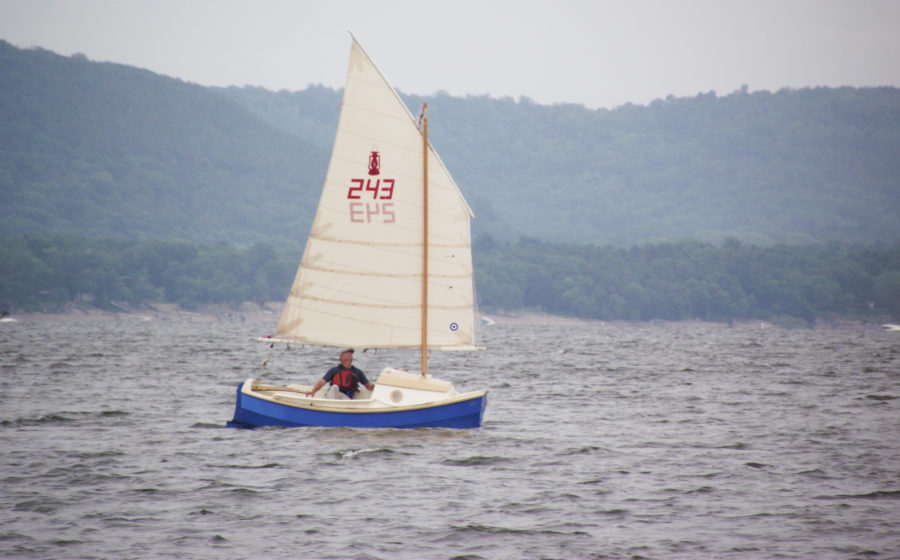
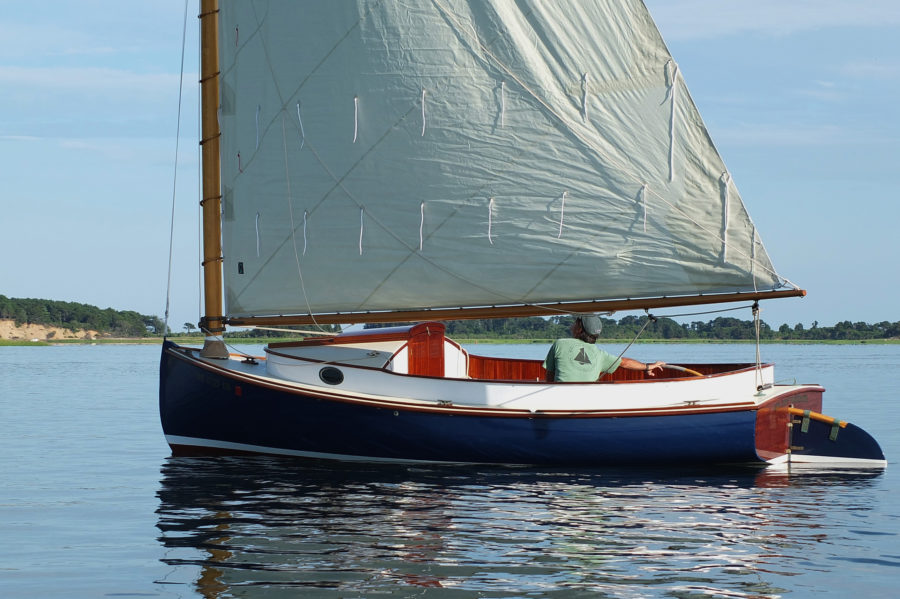
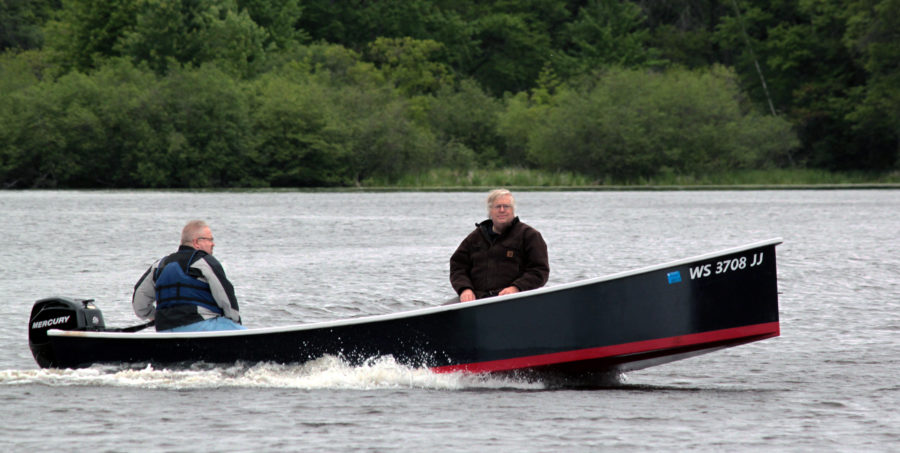
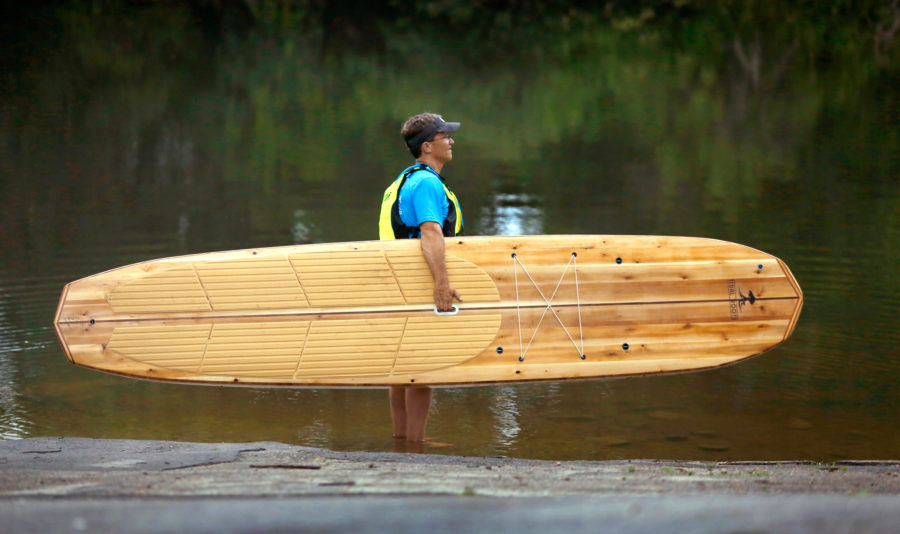
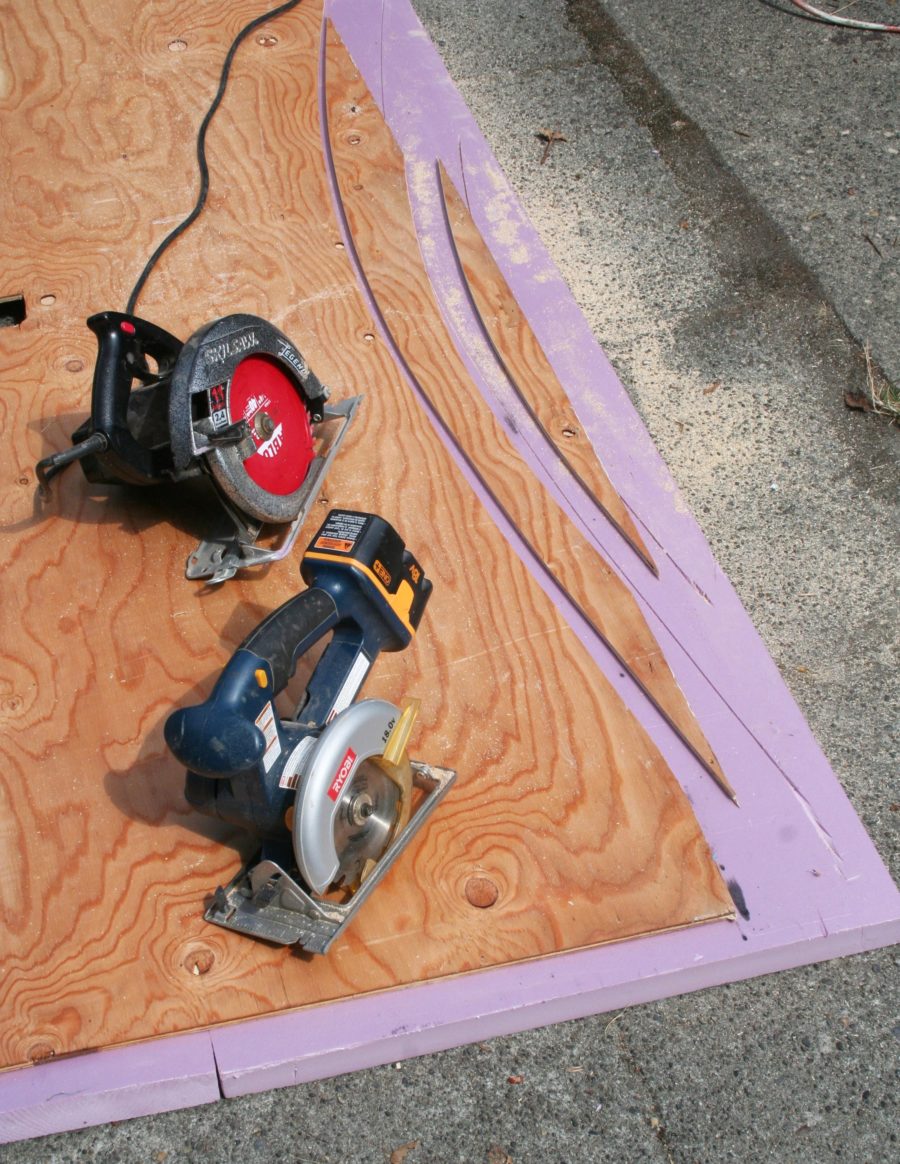
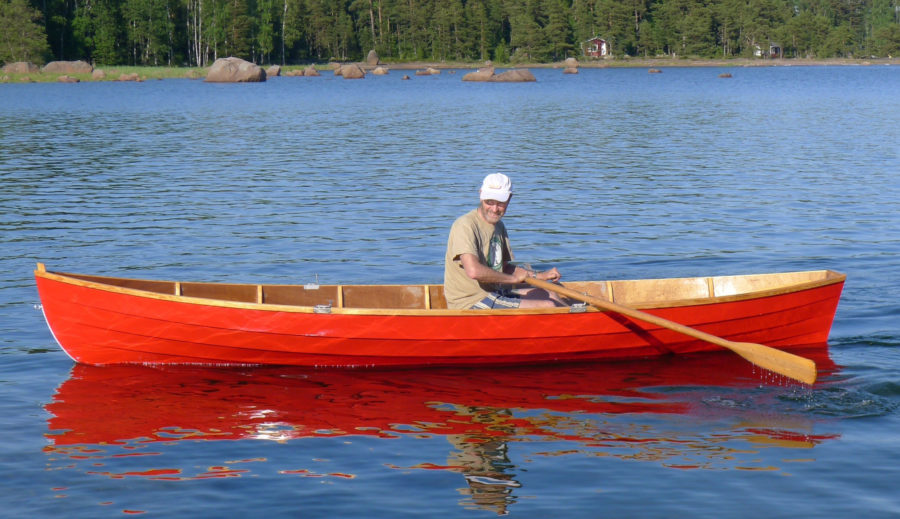
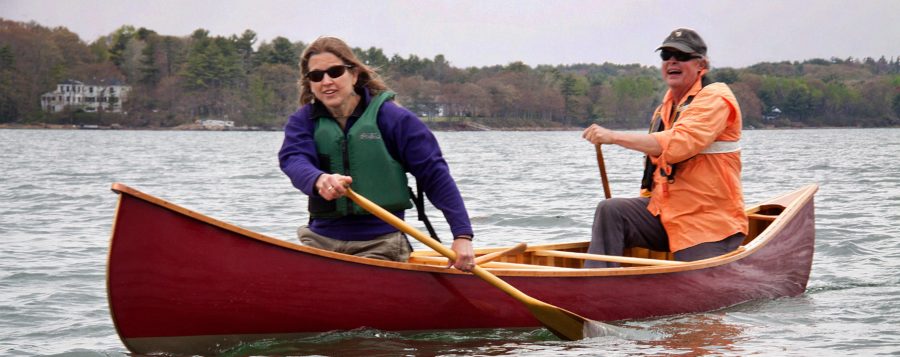

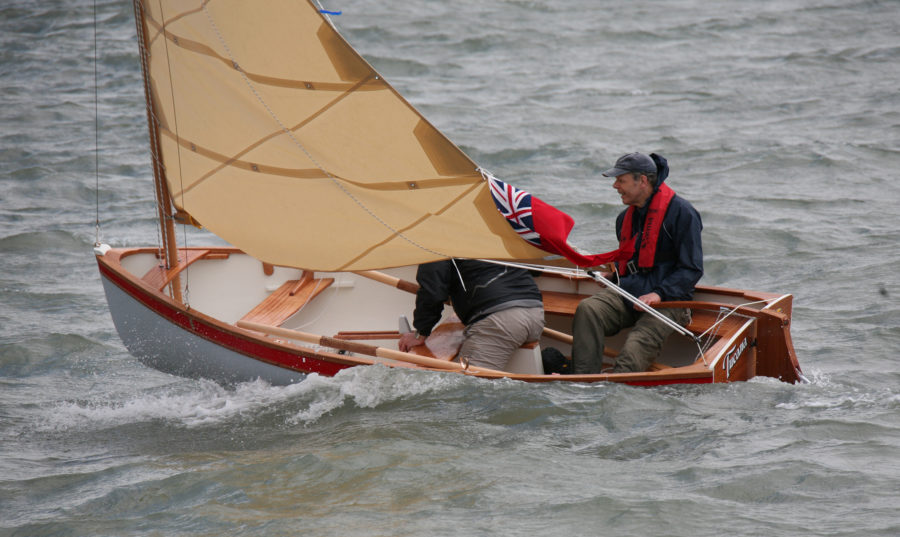
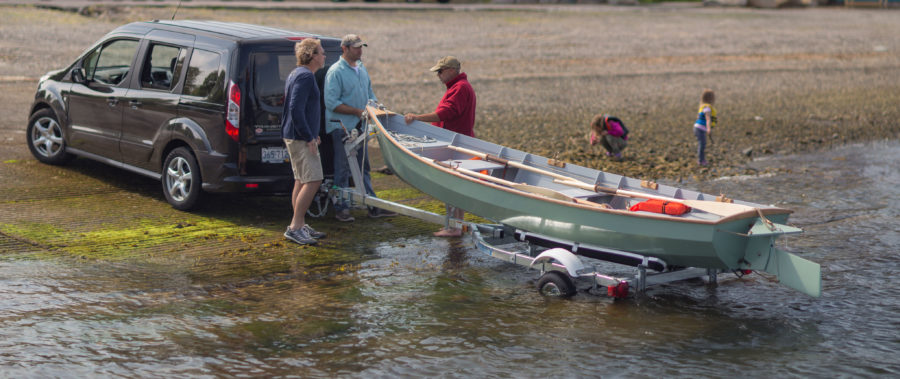
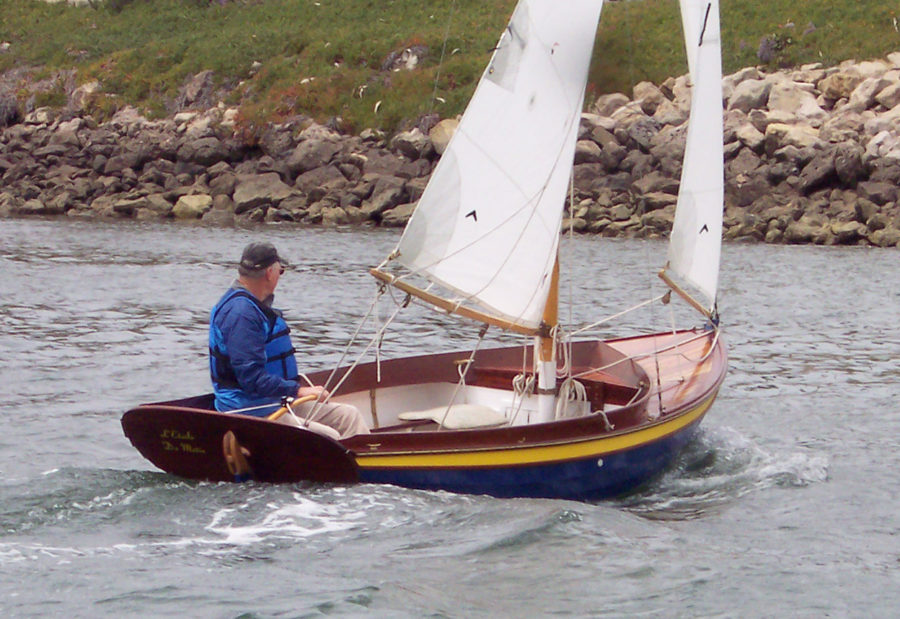
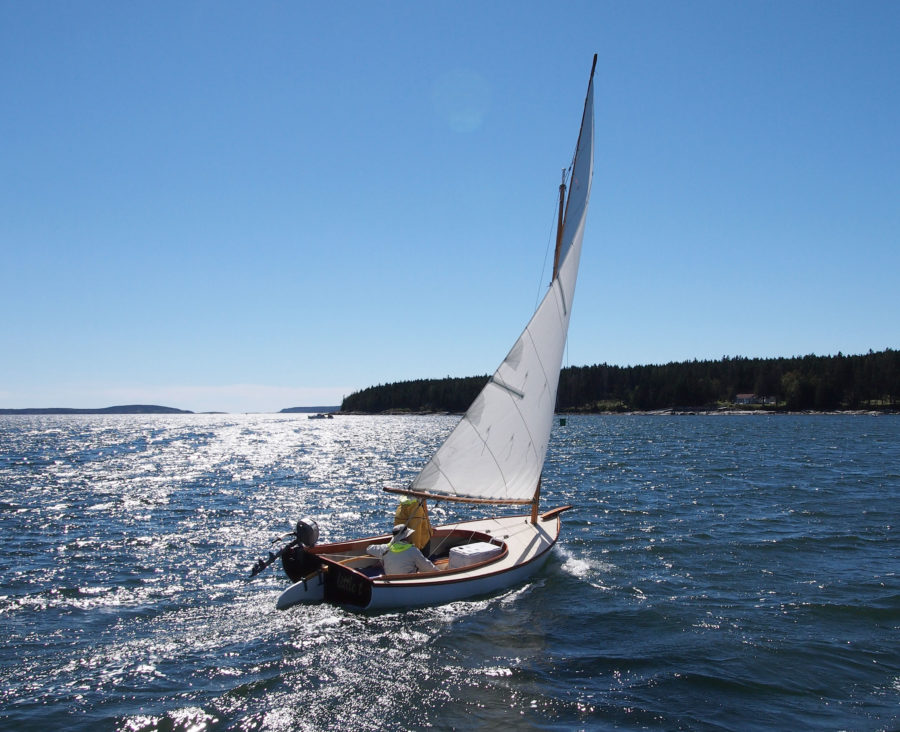
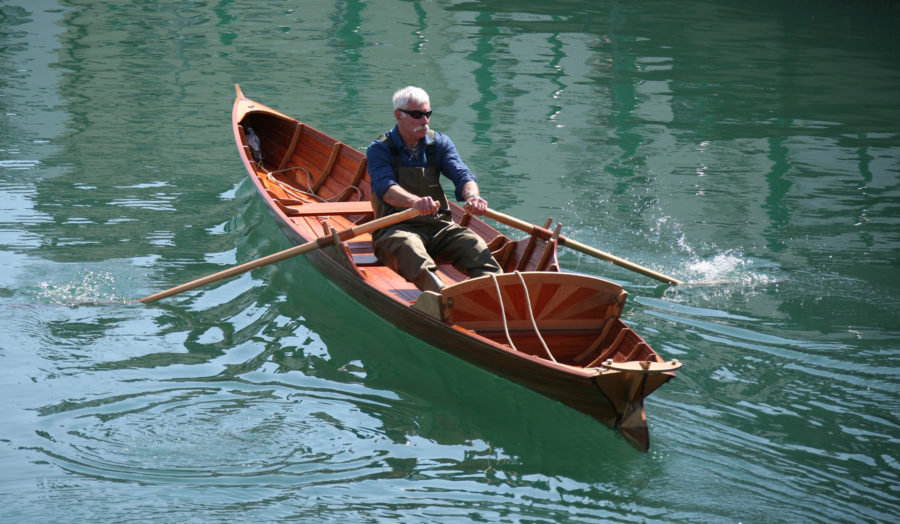
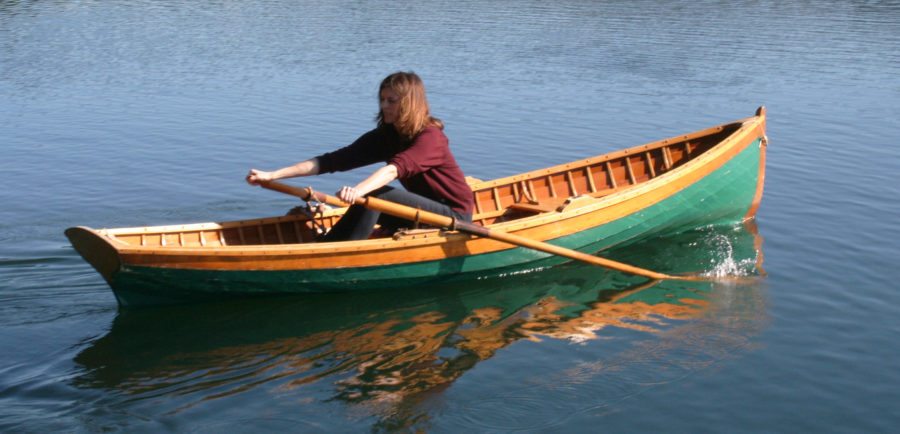
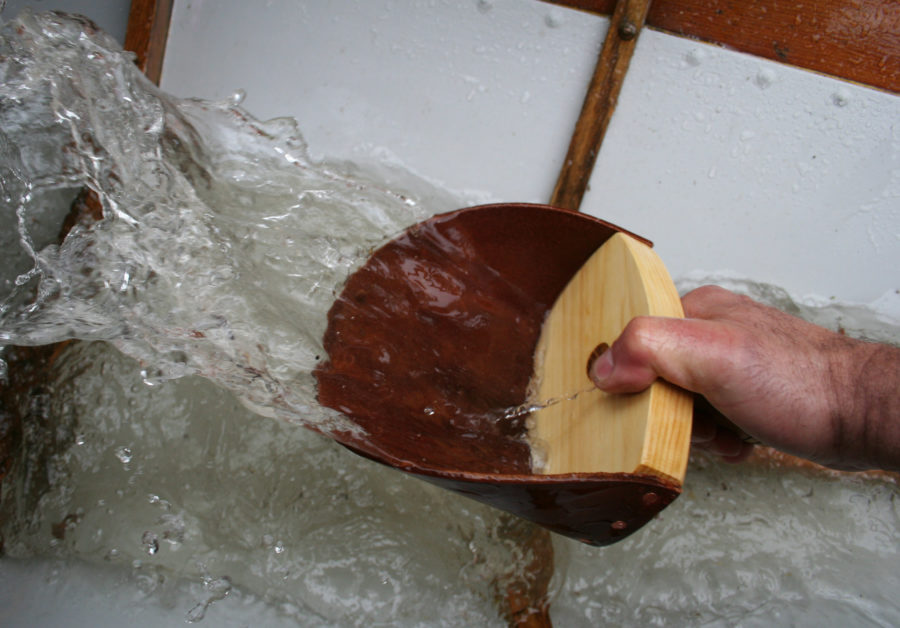
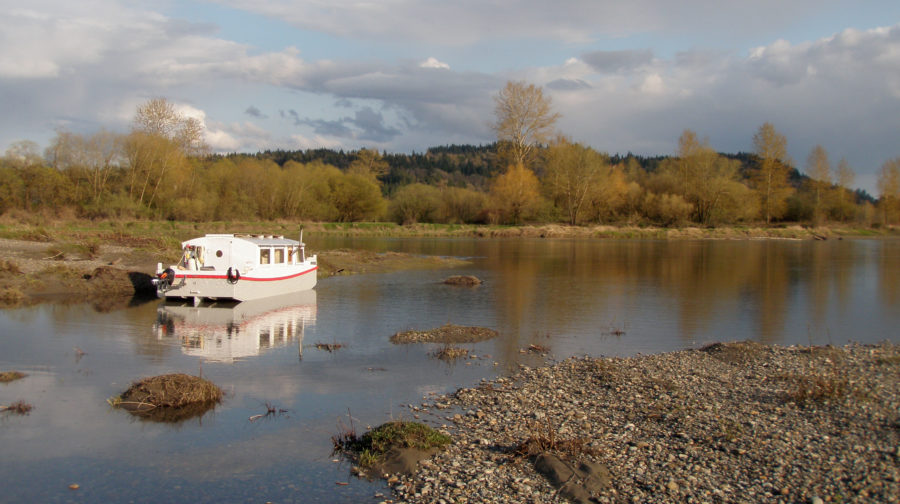
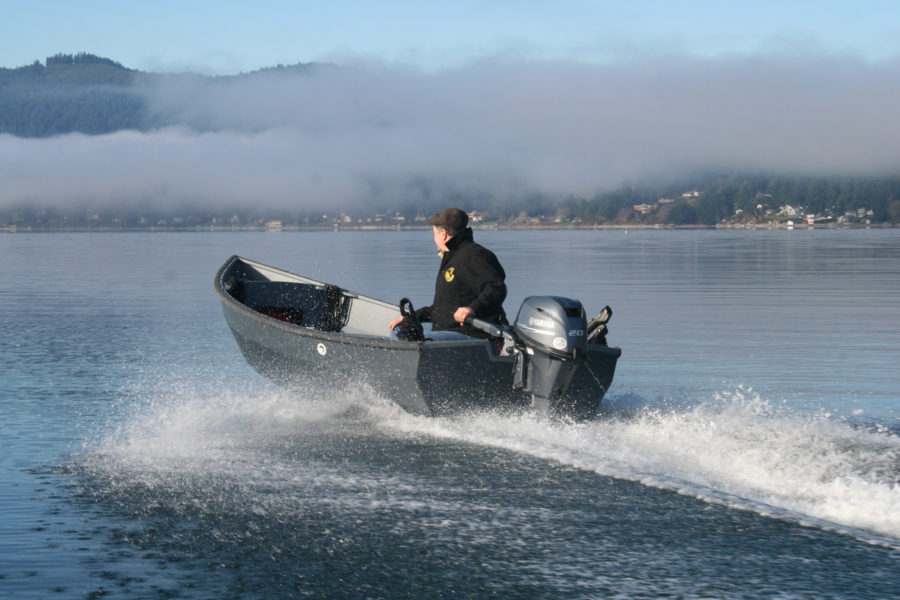
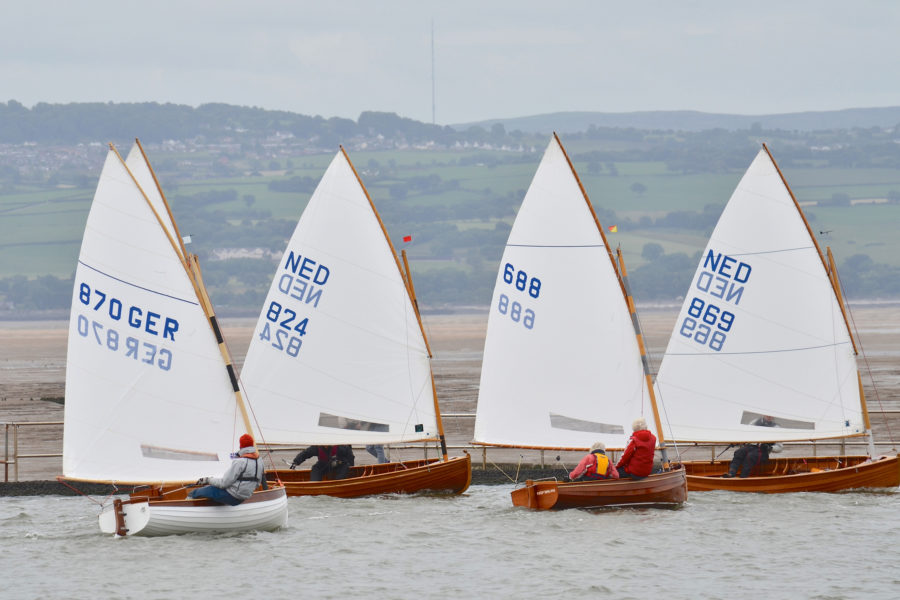
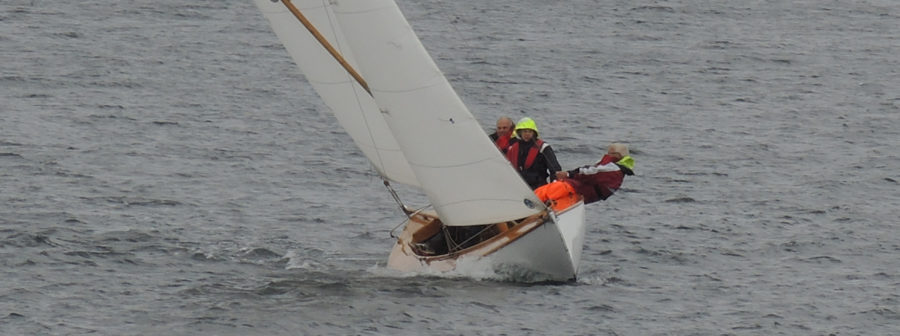
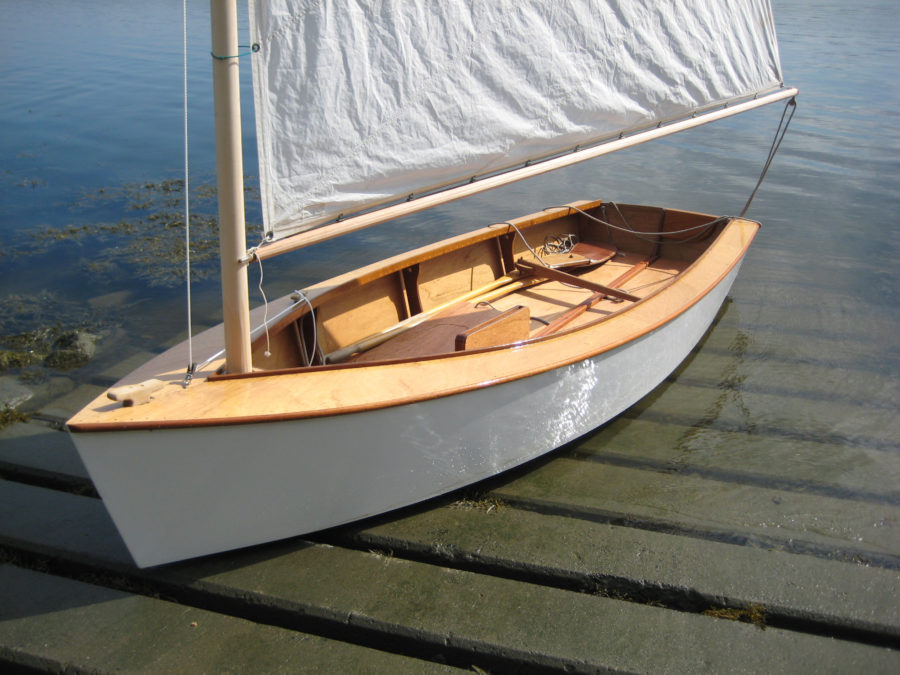
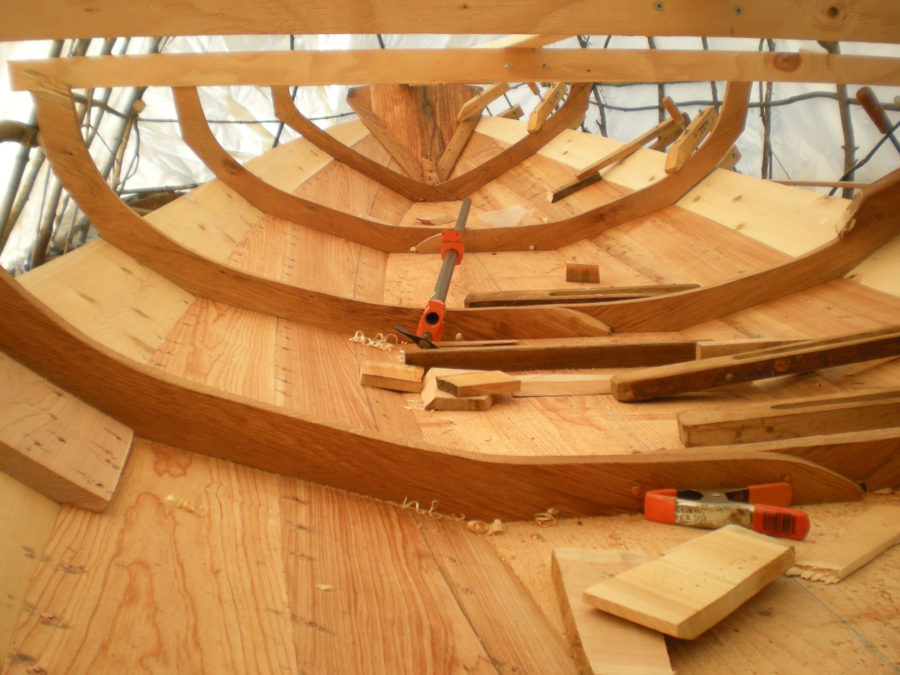
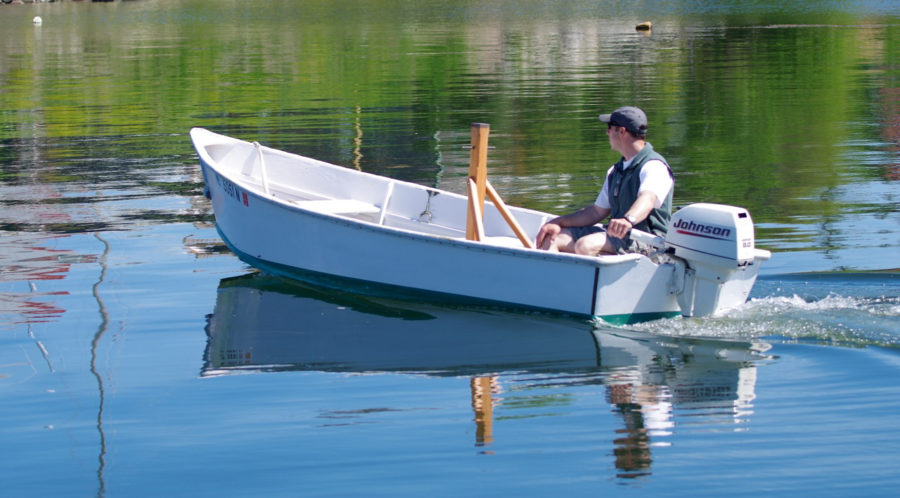
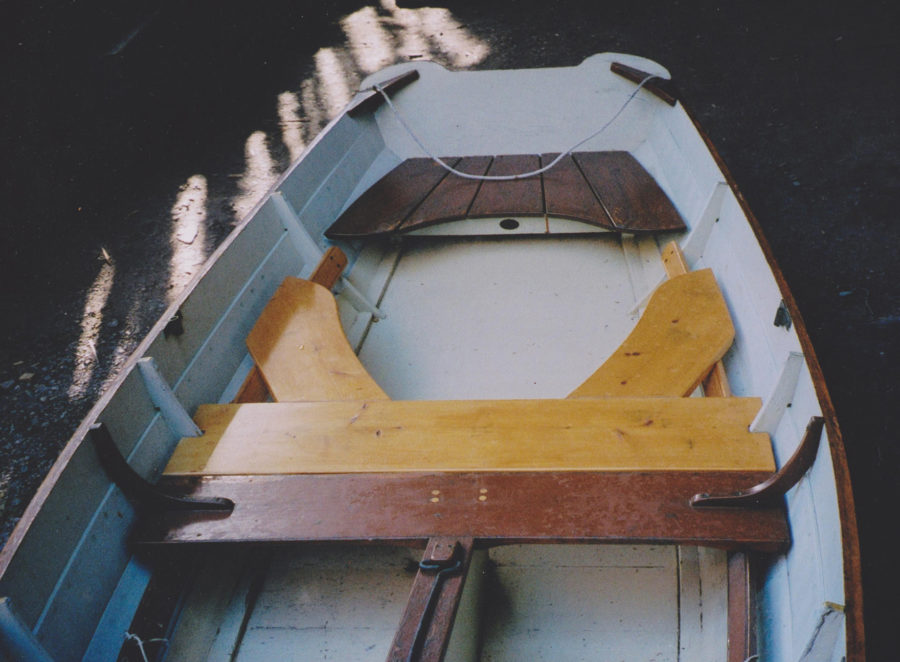
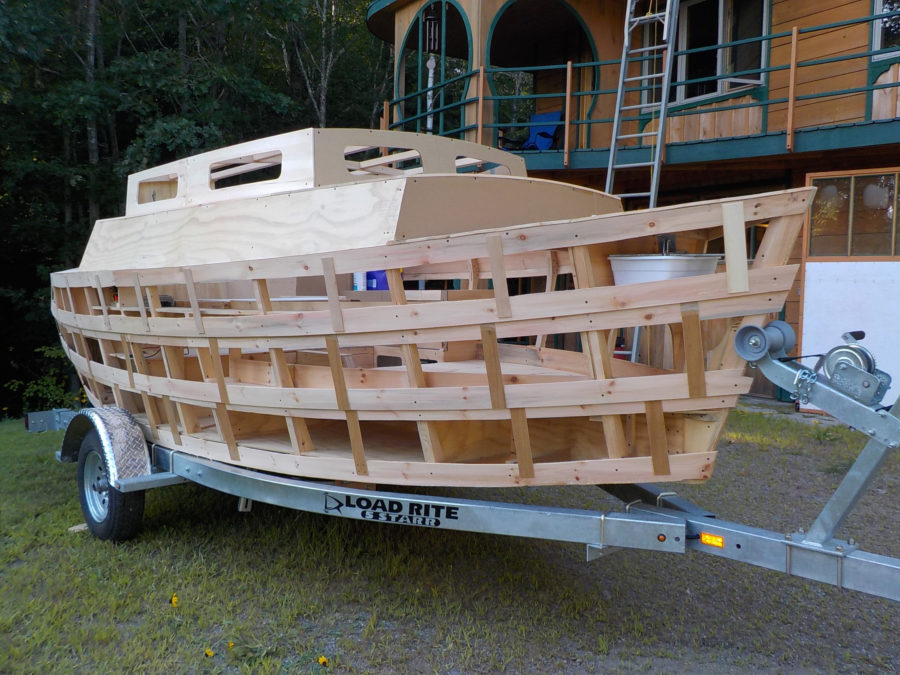
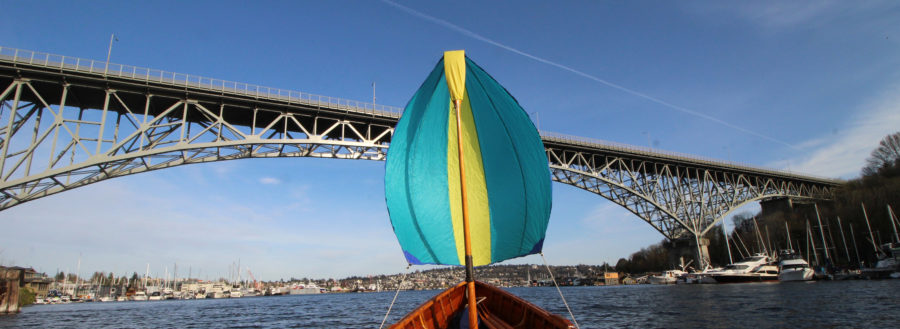
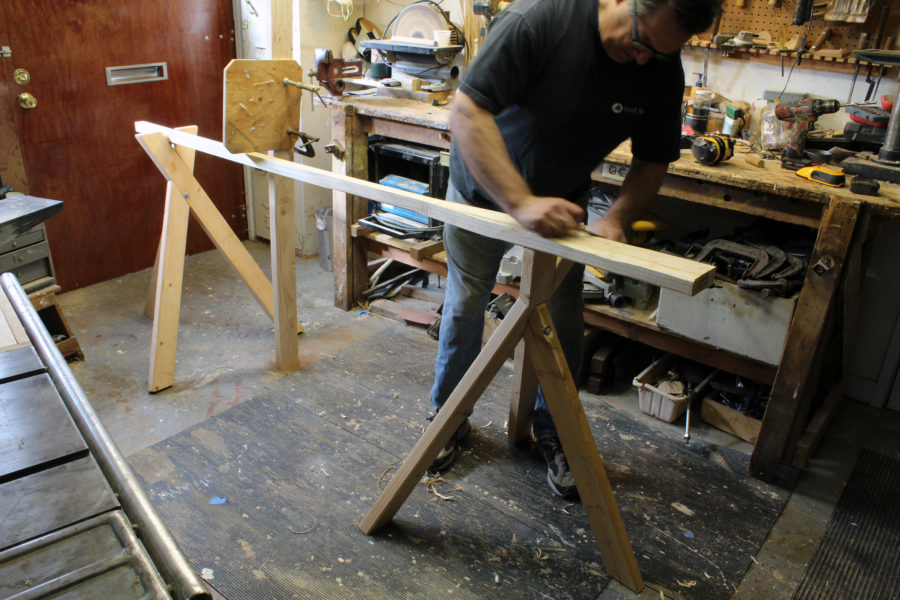
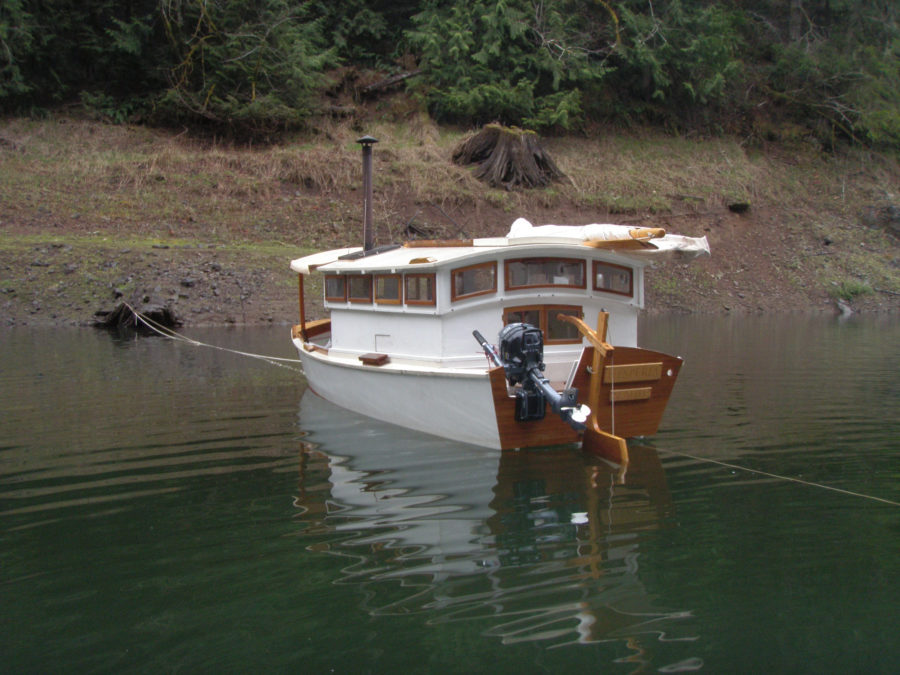
Tiller extensions make moving around real easy. My favorite for a traditional wooden boat is an old bamboo ski pole with a line coming out the end. The line goes through a hole in the tiller then is tied off. A little lashing around the pole where the line comes out keeps it from splitting. PVC pipe works great as well but doesn’t have the same look. The short line coming out the end gives you a universal joint very much like the modern rubber tiller-extension hardware used on high-tech dinghies.
With a skiff like Harry’s, seats don’t have to be fastened down. My forward skiff seat is a board that simply rests on the seat railing.
This article is a good one. Comfort is very important in a small boat.
I’m at an age where I’m not quite as flexible as I once was, and at a time of life when a day job does not get so much in the way of going sailing, the internal layout of my boats has become much more important. My voyages in small boats are getting longer and longer, so in my shop I’ve mocked up a seating arrangement that is the best possible fit for me and anything that I build from here on will conform to that mockup.
But guess what, I found a dog’s bed, a small washable beanbag, to be a wonderful addition to the boat’s accoutrements. It’s a movable mini armchair that I can make conform to pretty much any shape I need. Worth trying.
John Welsford
http://www.jwboatdesigns.co.nz
Over the winter of 2011-2011, the Great Lakes Boatbuilding School built a Wittholz 11′ Catboat for me from plans I bought from the WoodenBoat Store. The boat was featured in the 2011 edition of Small Boats. One of the things they did was to add fore-and-aft seats on each side of the interior, connecting the center thwart and the sternsheets. These seats were intended to address the problem referenced in Harry Bryan’s article and they work. In addition to allowing me to slide fore and aft as needed to adjust trim under sail, they provide a nice place to brace my feet when I’m close reaching in the glorious sea breeze we enjoy most summer afternoons in northwest Michigan.
I agree with Mr Welsford, I have been using beanbags in small boats for about 10 years. A nice big one, like a chair, for solo sails and two smaller ones for company.